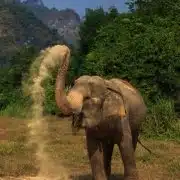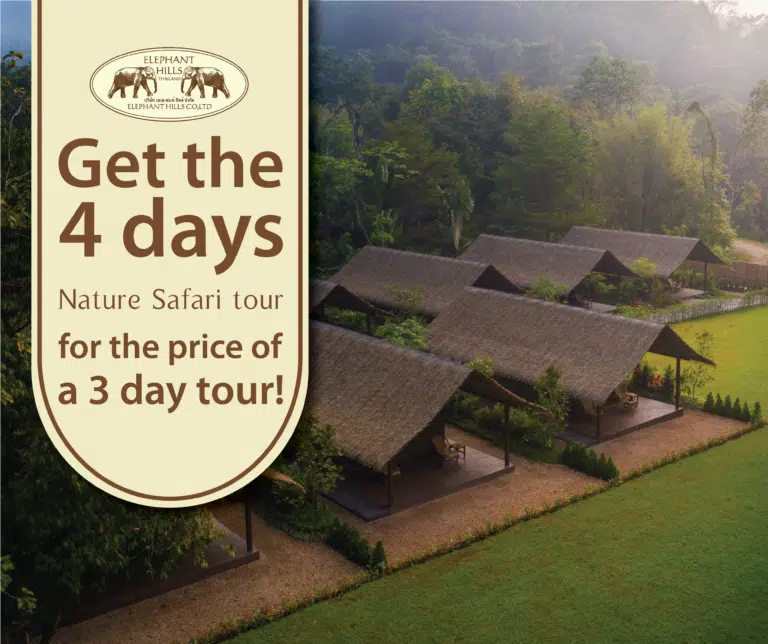The Timeless Beauty of Thai Rainforests
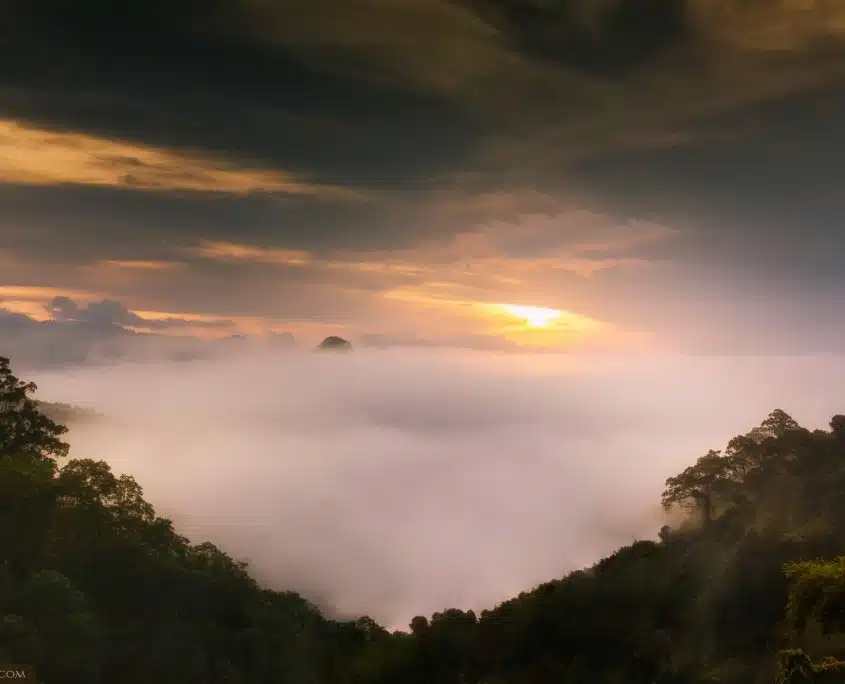
Thailand, often celebrated for its vibrant cities and pristine beaches, hides a deeper, green mystery within its heart. Its rainforests, ancient and sprawling, encapsulate the very essence of nature’s splendour. A realm where sunlight filters through dense canopies, casting a mosaic of shadows on the forest floor. Every sound, from the distant call of gibbons to the rhythmic songs of cicadas, becomes a symphony that celebrates life in its rawest form. These rainforests are not just the lungs of the Earth, but they are also the treasure troves of biodiversity and narratives waiting to be discovered.
Flora of the Forest: The Green Giants and Tiny Treasures
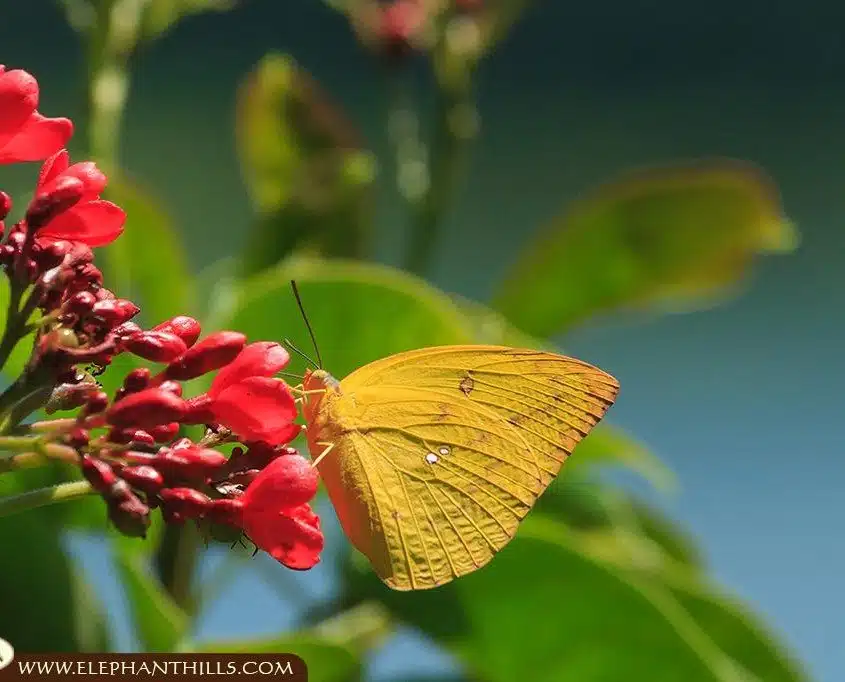
The Thai rainforests offer a spectacular parade of plant life. Towering above are the Dipterocarp trees, their massive trunks and widespread canopies dominating the skyline. These green giants have witnessed time’s march, providing shelter and sustenance to countless creatures.
Ferns and mosses create a lush carpet on the forest floor, glistening with dew in the early morning. Vines, with their intricate patterns, spiral around trees, reaching out for a slice of sunlight. Then, there are the orchids. These delicate flowers, with their myriad colours and patterns, are the rainforest’s crown jewels. Some grow on the ground, while others prefer the company of trees, living as epiphytes.
Among the flora, the Rafflesia stands out, notorious for its large size and unusual smell. It’s a flower that captures the essence of the rainforest – unique, mysterious, and full of surprises. Bamboo groves, on the other hand, represent resilience. They sway gracefully with the wind, their hollow stems providing refuge and resources for many.
The Thai rainforest is also home to medicinal plants, some of which are still used in traditional healing practices. These plants are silent witnesses to the bond shared between the forest and the local communities, a bond forged over centuries.
Fauna Chronicles: The Inhabitants of the Dense Greens
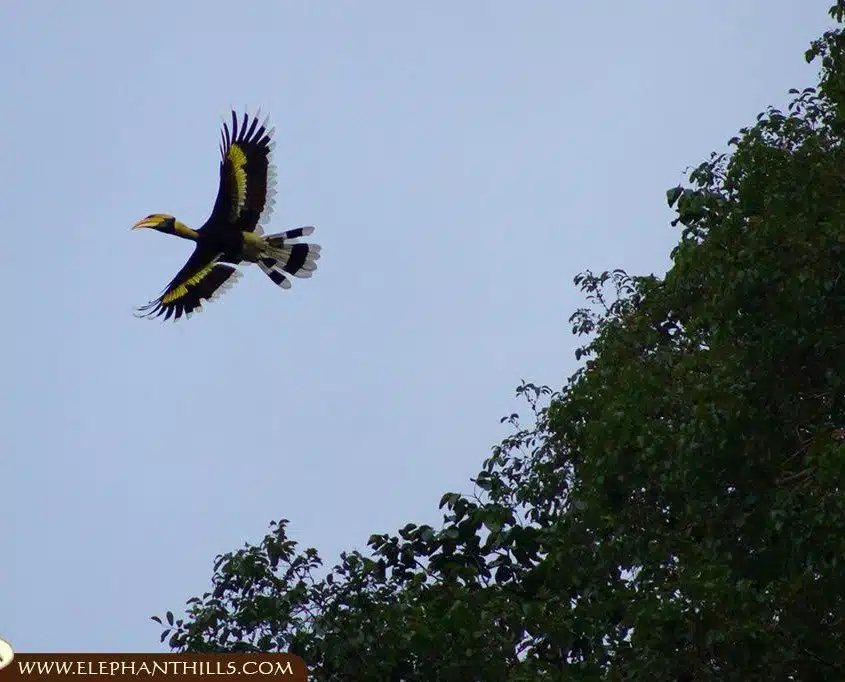
The cacophony of sounds in a Thai rainforest announces the presence of its vibrant inhabitants. From the elusive clouded leopards stealthily navigating the forest floor to the hornbills soaring above the canopy, every creature has a tale to tell.
Birdwatchers would find the forests a paradise, with species like the colourful pittas, drongos, and kingfishers adding to the visual spectacle. The gibbons, with their loud calls, often become the unintentional guides for trekkers, leading them to unseen parts of the forest.
In the dense underbrush, insects, like stick insects, beetles, and vibrant butterflies, play out their daily dramas. Each has a role, whether it’s pollinating flowers or breaking down organic matter.
But the rainforest’s true monarchs are the elephants. These gentle giants, with their deep-set eyes and playful trunks, are intrinsic to the health of the forest. They pave paths, disperse seeds, and in their own majestic way, maintain the delicate balance of the ecosystem.
Hidden within the foliage are also creatures like the binturong or the ‘bearcat’, the civets, and the slow loris. Each night, the forest comes alive in a different way as nocturnal creatures, with their reflective eyes, take over the stage.
The symbiotic relationships between the flora and fauna are palpable. It’s a dance of coexistence, where every creature, big or small, plays a crucial role in the grand narrative of the rainforest.
Elephants: The Gentle Giants of the Rainforest
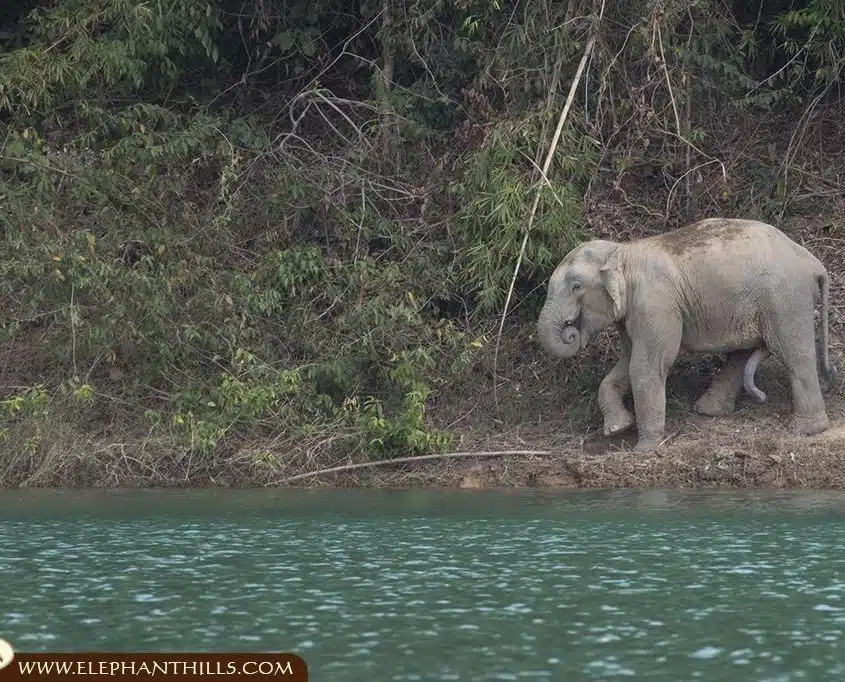
Deep within the lush green expanses of Thailand’s rainforests, a rumbling sound resonates. It’s not thunder, but the call of the forest’s gentle giants – the elephants. These magnificent creatures, with their sagacious eyes and powerful stature, have roamed the rainforests for millennia, leaving behind legacies of folklore, admiration, and ecological importance.
Elephants are the keystone species of these dense woods. As they meander through the forest, they create pathways, allowing other smaller species to traverse with ease. These natural trails are essential for various animals, facilitating movement, hunting, and even mating rituals.
A crucial role that elephants play, often overlooked, is that of seed dispersers. Consuming various fruits and vegetation, they excrete the seeds in different parts of the forest. This not only ensures a diverse plant population but also aids in the natural regeneration of the forest.
However, the tapestry of their existence is fraying at the edges. The encroachment of human habitats, the resultant loss of their homes, and instances of human-animal conflicts cast a shadow on their future. Poaching, primarily for ivory, further jeopardises their existence. The intricate balance of the ecosystem, where every entity has its role, stands threatened when the well-being of its vital component is at risk.
The Urgency of Conservation: Safeguarding the Lungs of Our Planet
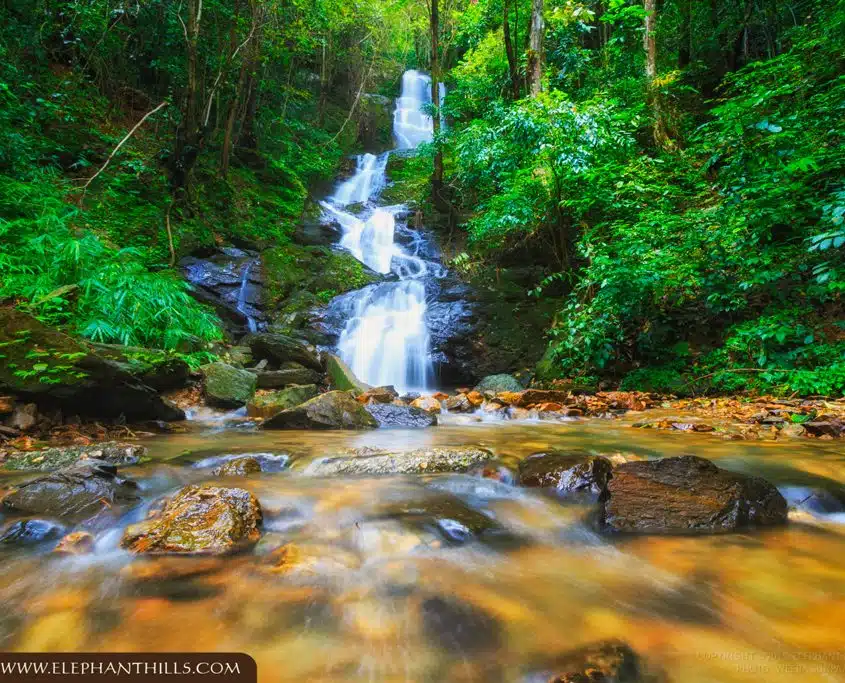
Rainforests, often referred to as Earth’s lungs, are not just sources of oxygen but reservoirs of biodiversity, culture, and life. Yet, these verdant expanses face threats that could mute their vibrant symphony forever.
Logging, driven by the global demand for timber, gnaws at the very soul of these forests. Vast swathes of trees are felled, disrupting habitats and diminishing the forest’s capacity to act as carbon sinks. Moreover, the fragmentation caused by infrastructural developments severs animal corridors, leading to increased instances of human-animal conflicts.
But there’s another looming threat – climate change. Rising temperatures and erratic rainfall patterns can alter the very fabric of these ecosystems. Certain species might find it challenging to adapt, leading to an irrevocable loss of biodiversity.
The silver lining amidst this grim narrative is the rising global emphasis on conservation. Sustainable tourism, for instance, is a beacon of hope. When done right, it educates travellers, generates funds for conservation, and simultaneously ensures that local communities benefit economically.
The rainforests aren’t just a treasure trove for Thailand but for the entire world. It’s a shared responsibility to ensure they thrive, and their tales of wonder continue to inspire generations.
Witness the Splendour Firsthand
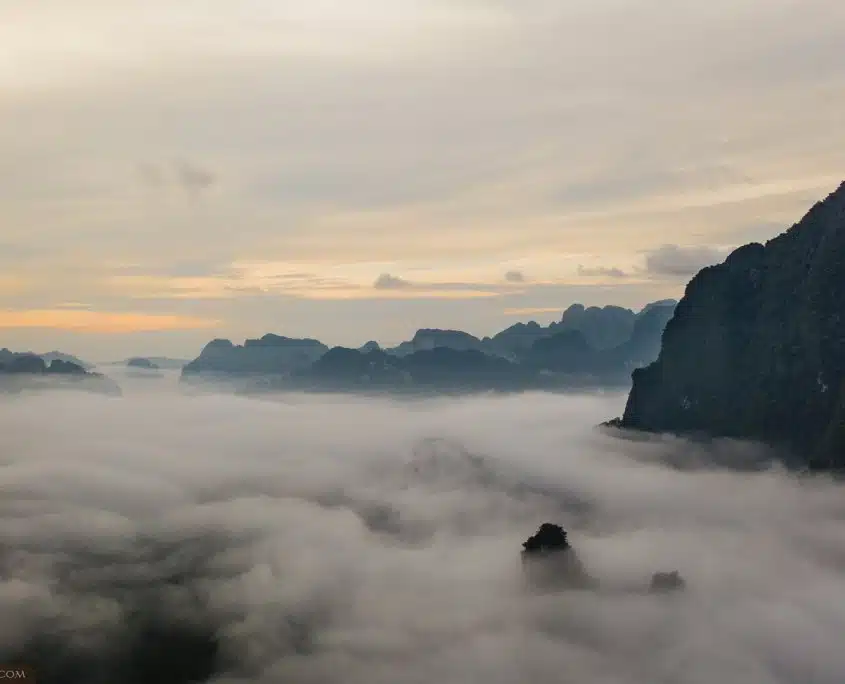
Nature, in all its glory, awaits your footsteps. Thailand’s rainforests beckon with tales of adventure, wonder, and ancient wisdom. But to truly appreciate their majesty, one must tread lightly, with respect and awareness.
Elephant Hills offers you this unique opportunity. Our eco-tours aren’t just about witnessing nature but understanding and immersing oneself in it. Every expedition is crafted to enlighten, ensuring minimal footprint and maximum experience. Through these journeys, travellers don’t just explore the rainforests but become a part of their conservation narrative.
It’s often said that real change begins at an individual level. As you traverse through these woods, remember that they’ve thrived for millennia and with a little care, they’ll continue to do so. Every choice, be it opting for sustainable travel or spreading awareness, helps.
Thailand’s rainforests are not just a destination; they’re a legacy. It’s a legacy we hold in trust for the generations to come. Let’s pledge to keep this trust intact, ensuring that the melodies of the forest continue to serenade souls for aeons to come. Book a Thai Rainforest Tour Now >>
Thailand Rainforest FAQs
- What makes Thai rainforests unique?
Thai rainforests encapsulate nature’s splendour, from dense canopies to a rich variety of flora and fauna. They not only serve as Earth’s lungs but are also treasure troves of biodiversity and ancient narratives waiting to be discovered. - What are some notable plants found in Thai rainforests?
Thai rainforests are home to Dipterocarp trees, ferns, mosses, vines, orchids, and the unique Rafflesia flower. These forests also host bamboo groves and various medicinal plants used in traditional healing practices. - What animals can you find in the Thai rainforests?
The Thai rainforests are inhabited by diverse species like clouded leopards, hornbills, pittas, drongos, kingfishers, gibbons, stick insects, beetles, butterflies, elephants, binturongs, civets, and the slow loris. - Why are elephants crucial to the Thai rainforest ecosystem?
Elephants are keystone species in Thai rainforests. They create natural pathways, facilitate seed dispersal, and play an integral role in maintaining the delicate balance of the ecosystem. - What are the major threats to Thai rainforests?
Thai rainforests face threats like logging, habitat fragmentation, and climate change. These challenges disrupt habitats, diminish the forest’s capacity to act as carbon sinks and lead to increased instances of human-animal conflicts. - How does sustainable tourism aid in the conservation of rainforests?
Sustainable tourism educates travellers, generates funds for conservation, and ensures that local communities benefit economically. It promotes responsible exploration while emphasizing the importance of conserving these natural wonders.
You might also like…
Thailand’s Cultural Gems: Unveiling Temples, Traditions & Thai Cuisine
Discover the Best of Southern Thailand: Your Guide to Phuket, Koh Samui, Krabi and Khao Lak
Khao Sok National Park – A Jungle Adventure In Southern Thailand
Honeymoon Destinations in Thailand
9 Stunning Examples of Beautiful Rainforest Animals

